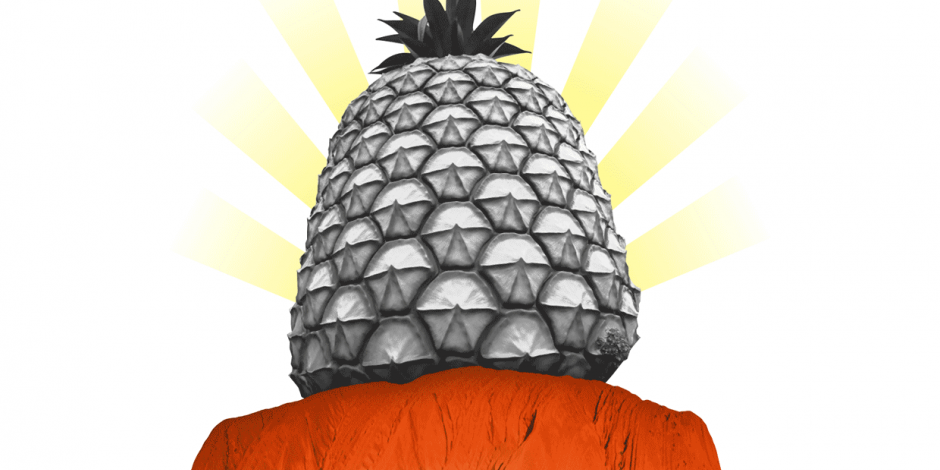The world seems to like big things, and Australia has hundreds of them, bringing a flow of tourists to many quite silly attractions as well as some natural wonders.
Of course, I’m not talking about the Sydney Opera House, although the design is still controversialumstrittencontroversial. The Opera House doesn’t make it on to any world top-ten lists for visitors – it’s well behind buildings and places such as the Eiffel Tower, the Colosseum, the Statue of Liberty, Machu Picchu, the Acropolis, the Taj Mahal, the Pyramids, the Great Wall of China, Angkor Wat and Stonehenge.
Ironically, people travelling by car in Australia will find that most of our big things are in small towns, all trying to create a special identity and bring in tourist dollars. Usually, the big things were made and paid for by the local community.
Probably the oldest of them (built in 1964) is the Big Banana Fun Park at Coffs Harbour, north of Sydney. It has some of the biggest and best ridehier: (Wasser)Rutscherides in the country. The most famous, though, is the Big pineappleAnanasPineapple, at Nambour, inland from Queensland’s Sunshine Coast. Built in 1971 from fibreglass over a steel frame, this giant piece of tropical fruit once attracted over a million tourists a year and is now a protected monument. It has its own music festival and a large zoo, as well as other attractions nearby.
Food is a common theme for big things, from fruit to fish. Big versions of wildlife, such as koalas, crocodiles and penguins, also appear in unexpected places. Perhaps the most bizarre is the Big gumboot (Aus., UK )GummistiefelGumboot, a 7.9-metre-high rubberGummirubber boot (like those that farmers wear in wet weather), painted gold with a polystyrenePolystyrol, Kunststoffpolystyrene frog climbing up one side. Located north of Brisbane, in the town of Tully, the 7.9 metres represent the 7.9 millimetres of rainfall that the town experienced in a single year, in 1950. It was an Australian record.
Let’s forget man-made giant things, though. Australia’s best natural big thing is Uluru, that huge, red rock in the middle of the country. Its origins go back about 500 million years, to around the same time the Australian continent was formed. Once covered by an ocean, Uluru now sits in the vastriesig, weitvast, sandy plainEbeneplain of central Australia. The red colour comes from the iron minerals in the ancient sandstone.
Info to go: Uluru
Also known as Ayers Rock, Uluru holds a special significance for the Anangu people. For them, land and memories exist as one, reflecting the relationship between all forms of life – people, animals, plants and the earth.
Uluru is sacred to the local (Anangu) Aboriginal peopleUreinwohner
AustraliensAboriginal people, but it wasn’t until 2019 that climbing the rock was finally to prohibitverbieten, untersagenprohibited. The size is impressive: the monolith is 3.6 kilometres long, 2.4 kilometres wide and 9.4 kilometres around. It rises 350 metres above the ground (so it’s higher than the Eiffel Tower) and to plungeabfallenplunges more than two kilometres underground. Sunrise and sunset are the best times to visit, when the rock glows orange and red.
The nearest large town is Alice Springs, and that’s over 450 kilometres away. But flights are available from most Australian cities to the nearby airport at Yulara, with plenty of accommodation and tour packagePauschalreise, -tourtour packages on offer.



